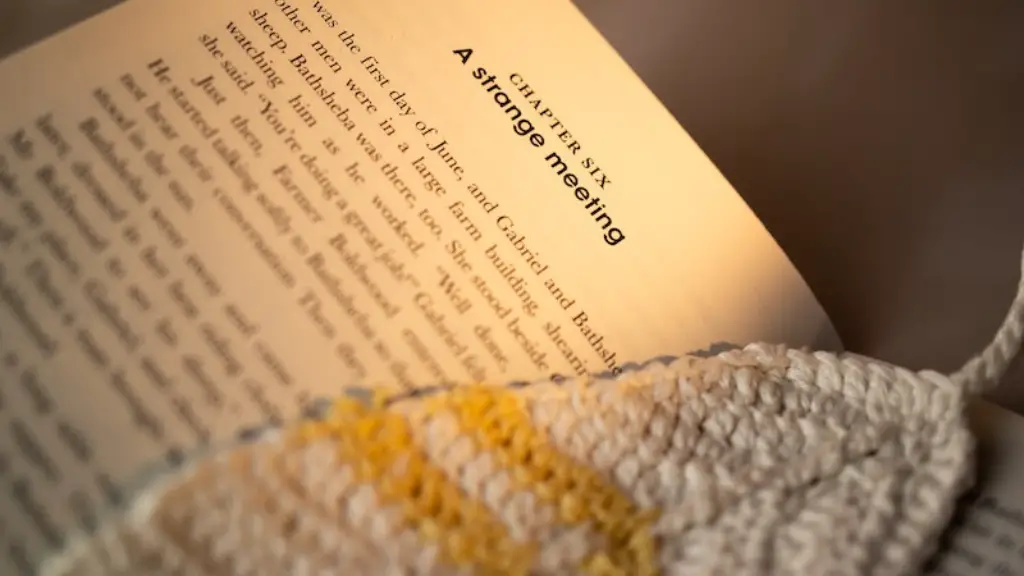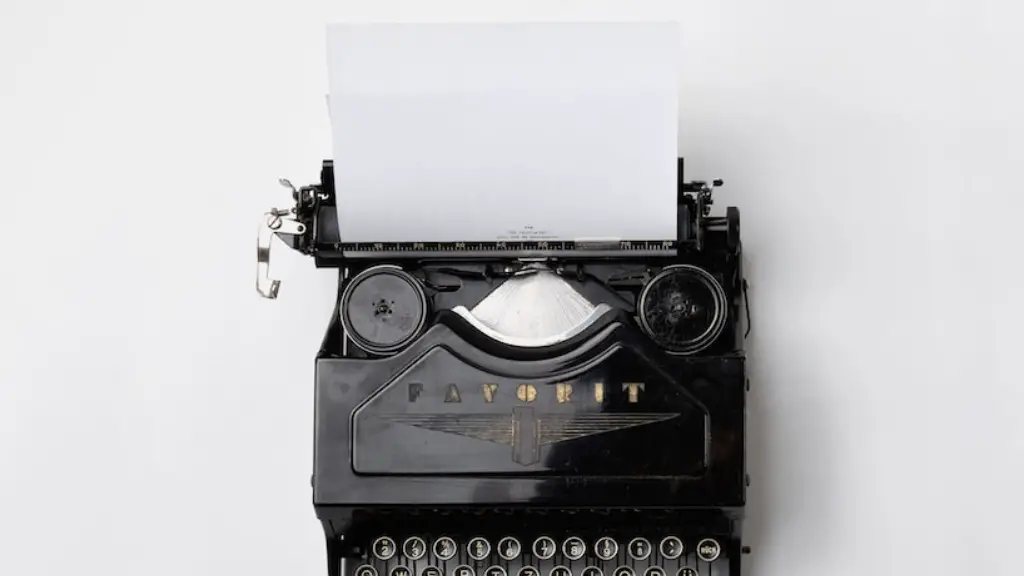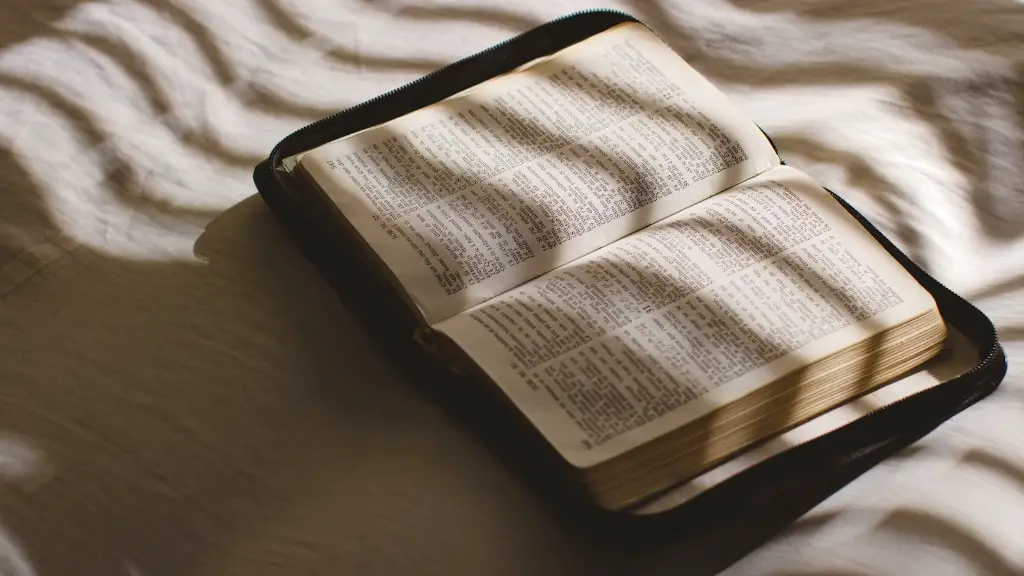Oral poetry is an long-standing art form that has been cherished by peoples of all cultures across the world. It is known to be a strong form of communication, possessing the power to move, influence and humanity. Originating from African and Caribbean traditions and thousands of years ago, nowadays many cultures have some form of oral poetry, making it a core part of their oral tradition.
Oral poetry is distinct from written poetry. For example, while literature relies on words, oral poets communicate their story to the audience by means of rhythm, performance, tonalities and music. Oral poets rely on their audience’s imagination and, as a result, the appreciation of their work is created from the collective, with both poet and audience involved in the creative process. In that sense, oral poetry is more interactive than written poetry, as the poet and audience share in creating the experience.
In terms of composition, it is common for oral poets to write and memorize their poems. Reciting them remembers the main idea and content of the poems, so that when performed, the poet and audience can focus on the delivery and practice more creative freedom. Furthermore, memorization is important to accompany the reciting of oral poetry as the moment and delivery can transform in numerous settings and locations ranging from a street corner to a football stadium. Lastly, it is very common to engage physical gestures in the performance of oral poetry, as it amplifies the overall performance.
Furthermore, reciting oral poetry offers different means and formats to express the stories and ideas. Because of its popularity and reach, many competitions have emerged over the years encouraging a different type of expression making it easier for the audience to understand the poet´s story or message. For example, legendary poets such as ‘the Griots’ from West Africa – who are believed to be the pioneers of oral poetry- have for centuries been telling stories about the African culture, tradition and life. Another example is singer-songwriters in the US, such as Bob Dylan, Bob Marley, and Woody Guthrie, who used music and lyrics to communicate ideas to their fans.
Finally, although not necessarily considered poetry, rap music has conquered the entire world and has become an integral part of the musical world. This genre has the same structure and form of oral poetry, engaging rhythm and musicality to communicate stories, share experiences and opinions in a very effective way. For instance, rap music has become an avenue for social and political narratives that exponentially increase the potential reach and impact that its message can have, going beyond the music itself.
Different Types of Oral Poetry
Another way in which oral poetry can be seen is by classifying it by types. For example, we can consider epic, lyric and didactic as the main types of oral poetry. Epic poetry is usually narrative, focusing on heroic deeds, political events and battles. It has traditionally been used to inform or educate people, or to boost its morale. Lyric poetry, on the other hand, conveys emotional states, thoughts, experiences and reflections of the inner self. This type seeks to generate emotional responses and states in the audience rather than to inform them. Meanwhile, didactic poetry seeks to educate the audience, mostly on topics related to ethics, science and philosophy.
How to access Oral Poetry
One of the greatest advantages of oral poetry is that it is accessible and can be enjoyed by anyone. Over the last decade, many digital technologies have emerged that give access to this form of expression. In today´s world, it has become easier for authors to record and share their compositions in the form of videos. As a consequence, the audience nowadays has an immense variety of oral poetry to choose from and enjoy, which contributes to its development and growth.
Current and Relevant Examples of Oral Poetry
The popularity of oral poetry has been growing exponentially lately and contemporary cultures have adopted it as a powerful medium to communicate, express and share their stories. In that sense, social media platforms like Instagram and Youtube are especially known to be vehicles that writers, poets, hip hop artists and other creators use to share their oral compositions, in the form of posts, stories, and even live streams.
Critical reception of Oral Poetry
Oral poetry has been a tool that has been very well accepted by many audiences in many countries and has become a way to create social awareness and engage people in difficult conversations. For example, in Colombia this type of poetry has become an important medium to channel the experiences of its citizens during the armed conflict. Furthermore, many modern poets have used oral poetry to produce music, which has contributed to the inclusion of this form of expression in more mainstream and pop music.
Impact of Oral Poetry
Finally, it’s important to highlight the impact that oral poems can have on its audience. Its power of persuasion lies in its interactivity and improvisation, which transforms words into a living experience and builds a connection between the performer and its listeners. That, coupled with their potential to deliver powerful messages and stories, account for the success and appreciation of all types of oral poetry across the world.


